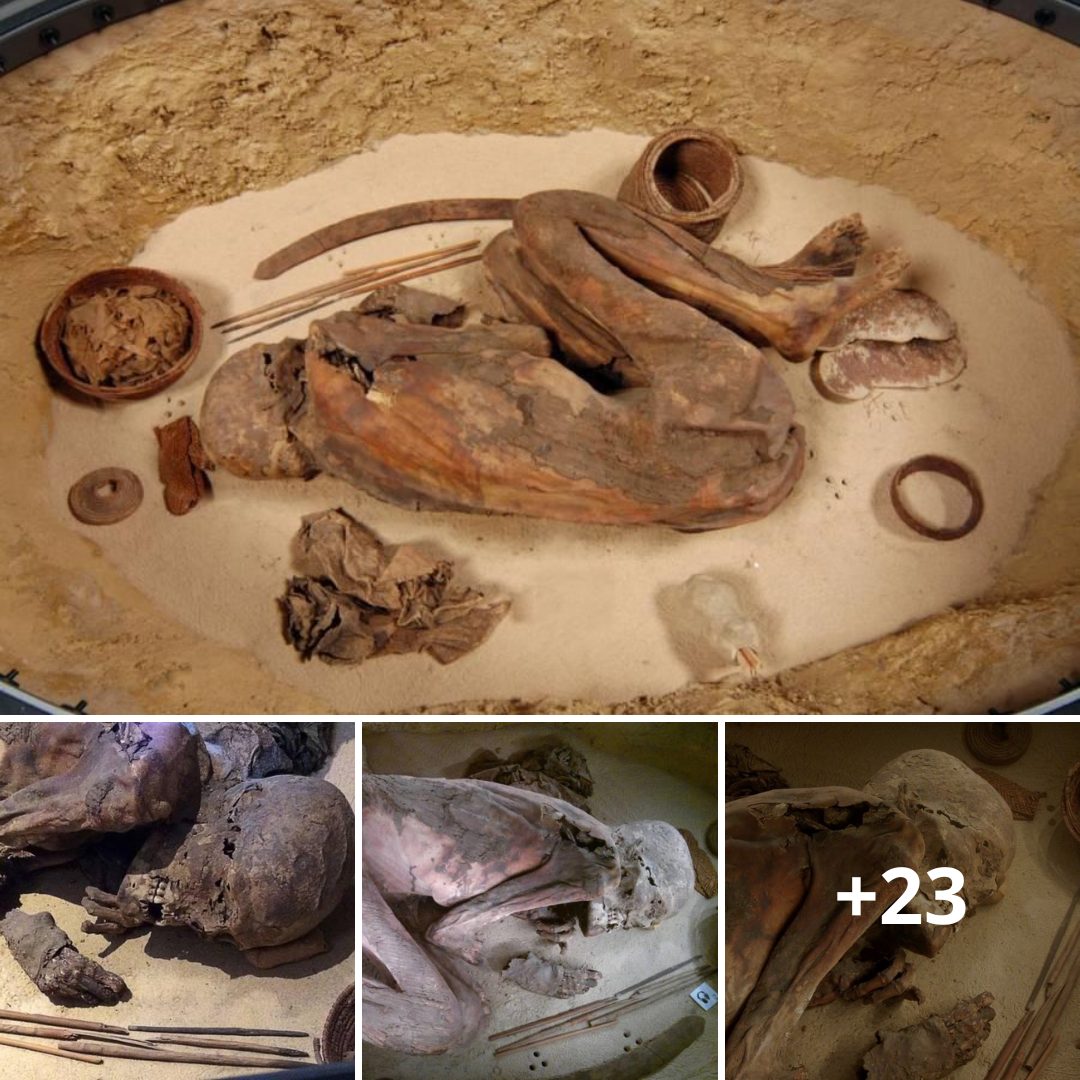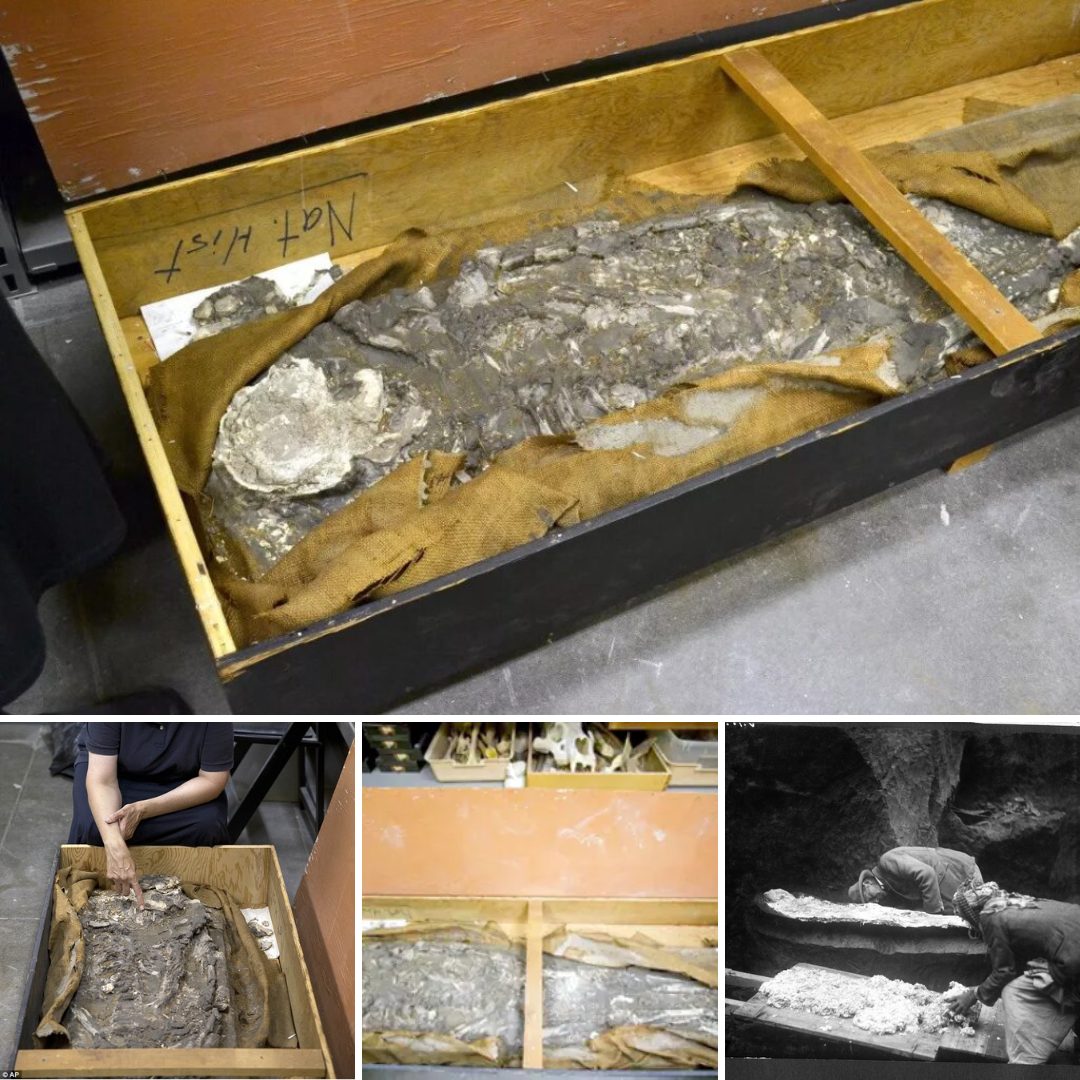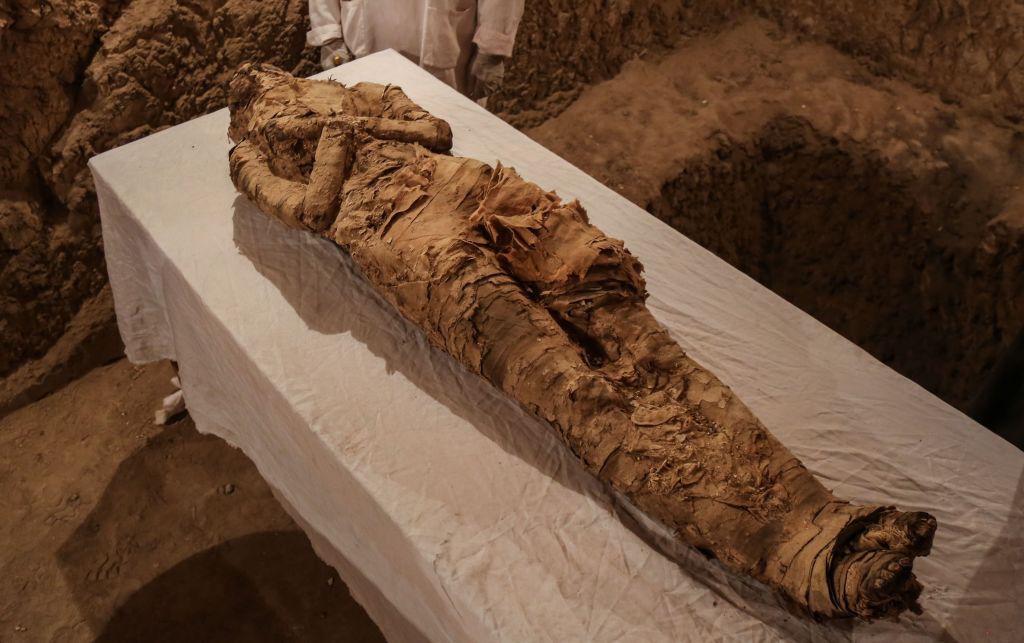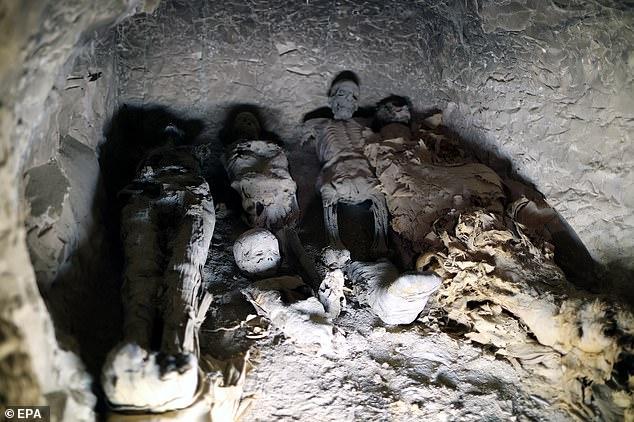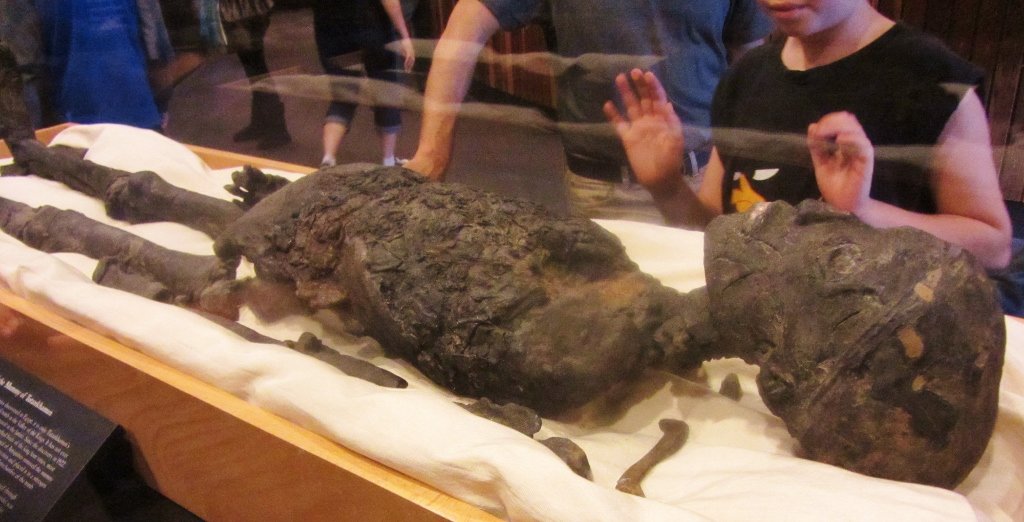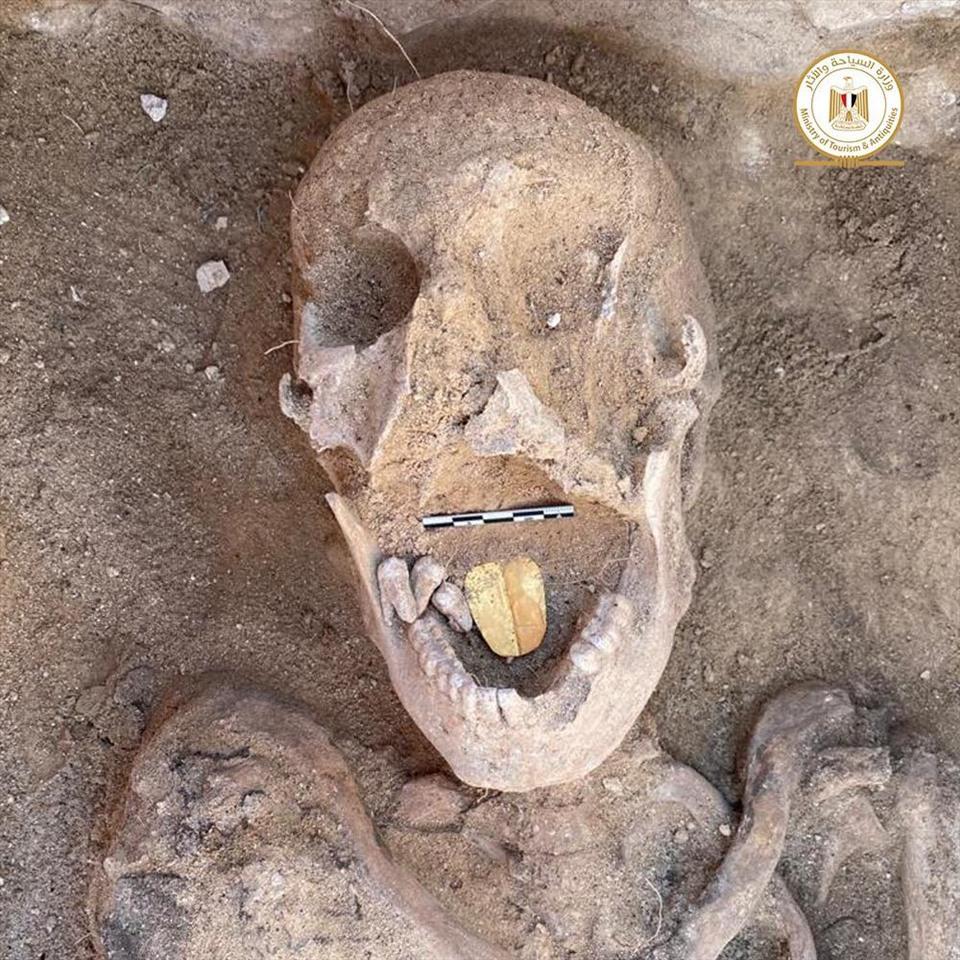Ever since the discovery of a stone dolmen on the eastern shore of Cork Harbor in southern Ireland many years ago, archaeological opinion has been divided over the exact nature of the Carraig á Mhaistin stone. New research now seems to prove that it is a Stone Age tomb, as many experts have always believed.
According to the Irish Examiner, Connemara-based archaeologist Michael Gibbons claims that his research has uncovered conclusive evidence regarding the age and purpose of the monument. He maintains that it is now possible to confidently identify the Carraig á Mhaistin stone at Rostellan, also known as the Rostellan dolmen, as a megalithic tomb. It had been sometimes suggested that it was an 18th-century folly, a purely ornamental garden building serving no useful purpose.
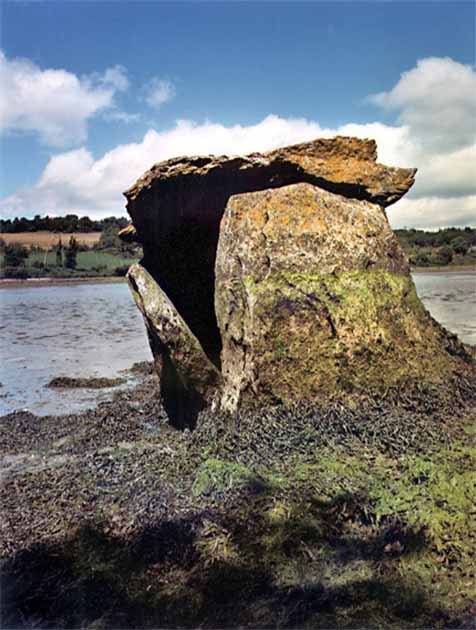
A close up of the Rostellan dolmen, Carraig á Mhaistin, which has been recently identified as a Neolithic inter-tidal tomb. (Howard Goldbaum / CC BY NC 4.0)
Carraig á Mhaistin Origin: A Long-Standing Debate
Historian and author Kieran McCarthy has touched upon the debate regarding the provenance of the Rostellan dolmen in his book The Little Book of Cork Harbour. An excerpt from the book published in the Cork Independent in 2019 explained that the dolmen standing in Rostellan, at the eastern end of Cork Harbor, is similar to portal tombs, but it is difficult to categorically identify it as such.
A portal tomb is a single-chamber megalithic tomb. It marks a burial site in a very distinctive way, with two or more upright megaliths supporting a large flat horizontal capstone or ‘table’ at an angle.
The Cork Harbor monument is comprised of three upright stones topped by a capstone, which had once fallen but was later re-erected. At high tide, the site gets submerged, and it is difficult to reach it across the mudflats. An easier route is through the adjacent Rostellan wood. The wood was planted as part of the former estate of Rostellan House, built in 1721 by William O’Brien (1694-1777) the fourth Earl of Inchiquin.
The Carraig á Mhaistin stone has been sometimes identified as a folly because the estate has a folly in the shape of a castle tower nearby, named Siddons Tower after the Welsh-born actress Sarah Siddons. According to the Heritage Daily, the folly was built by Murrough O’Brien, the first Marquess of Thomond, in the late 18th-century. This led to the suggestion that the Carraig á Mhaistin stone was another of the Marquess’s follies.
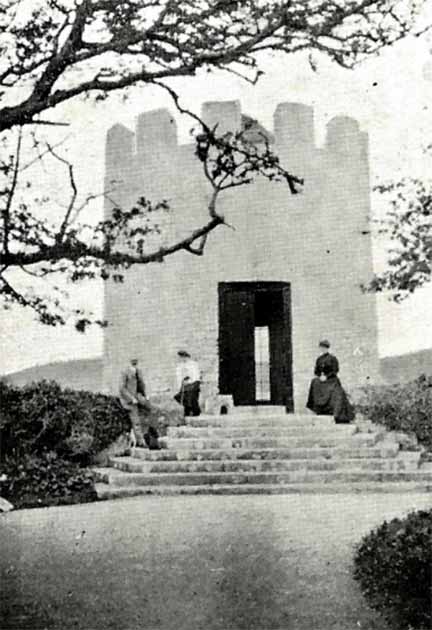
The Siddons Tower folly, now in ruins, is located near the Carraig á Mhaistin dolmen, contributing to the cairn’s misidentification. (Public Domain)
This uncertainty over the monument’s age has meant that it missed out on its due place in the survey of megalithic tombs of Ireland conducted by Professor Ruaidhrí de Valera and Seán Ó Nualláin over 40 years ago. According to the Irish Examiner, Gibbons stated, “At that time, it was suggested that it could have [been] a folly or type of ornamental structure commissioned by local gentry at the nearby Rostellan Castle estate, and dating from the 19th century.”
New Evidence for the Megalithic Tomb Theory
Gibbons said that his recent field trip to the site has led to the discovery that the small chamber at the tomb stands at the western end of a cairn, which is 25 meters (82 feet) long and 4.5 meters (14.7 feet) wide. This is pretty conclusive, as portal and court tombs “occasionally have intact long cairns which are both intended to provide structural support to the chamber itself, and to enhance visual presence in the landscape,” the Irish Examiner quotes him as saying.
He added that the cairn is partially submerged in “estuarine mud”, and a substantial portion will likely be uncovered below the surface. Although it is not known when rising sea levels submerged the area, for the last 2,000 years the sea levels in this part of the harbor are believed to have been stable.
Despite its disputed provenance, some guidebooks have listed the Carraig á Mhaistin dolmen as Ireland’s only inter-tidal portal tomb. While Gibbons agrees with them that the dolmen is indeed an inter-tidal megalithic tomb, he maintains there are in fact two such tombs in Ireland. The only other known inter-tidal portal tomb is at “the Lag” on the river Ilen, between Skibbereen and Baltimore in West Cork.
Interestingly, portal tombs are often known locally as “Diarmuid and Gráinne’s bed”, in reference to the Irish folktale, “The Pursuit of Diarmuid and Gráinne”. The tale tells of a love triangle between the great warrior Fionn mac Cumhaill, the beautiful princess Gráinne, and her paramour Diarmuid Ua Duibhne.
Gibbons’s research should give the Rostellan dolmen its rightful place among the megalithic tombs of Ireland. As a Neolithic tomb, it holds far greater archaeological value than as an 18th-century folly – an architectural extravagance of no particular use.
